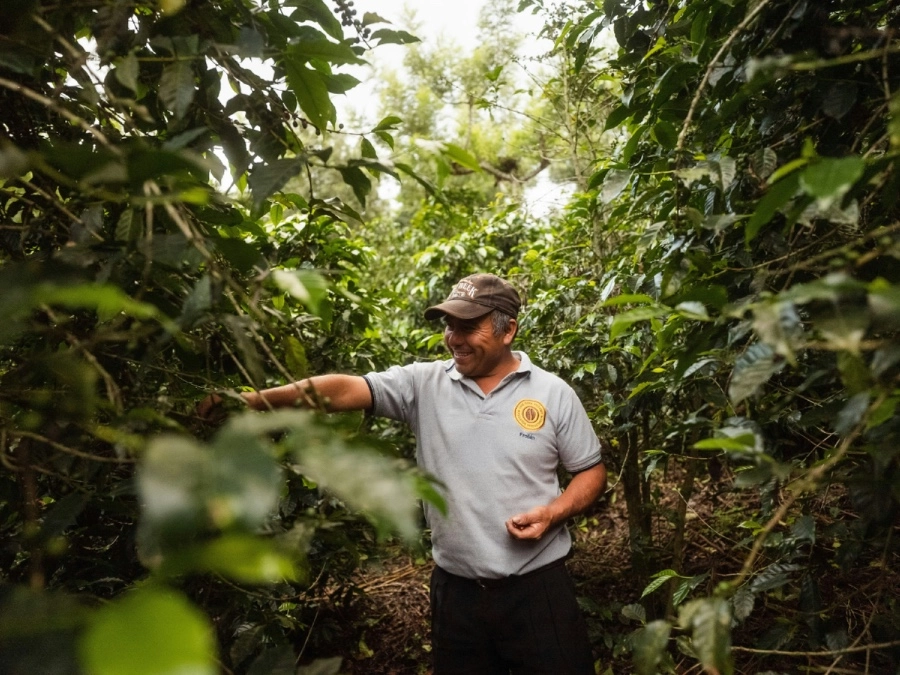Gas or Electric? What You Should Know in 2025
This seemingly simple question actually can be one of the most crucial points of consideration when purchasing a coffee roaster in 2025.
Just like traditional gasoline motor vehicles v.s. EVs (electric cars), we are at the turning point of coffee roasting technology development.
Here we will simply look at the pros and cons of both gas/fuel powered and electric powered roasting machines from a few important aspects.
- Roast Capacity
- Ease of Setting Up
- Using the Roaster
- Energy Efficiency
- Environmental Impact
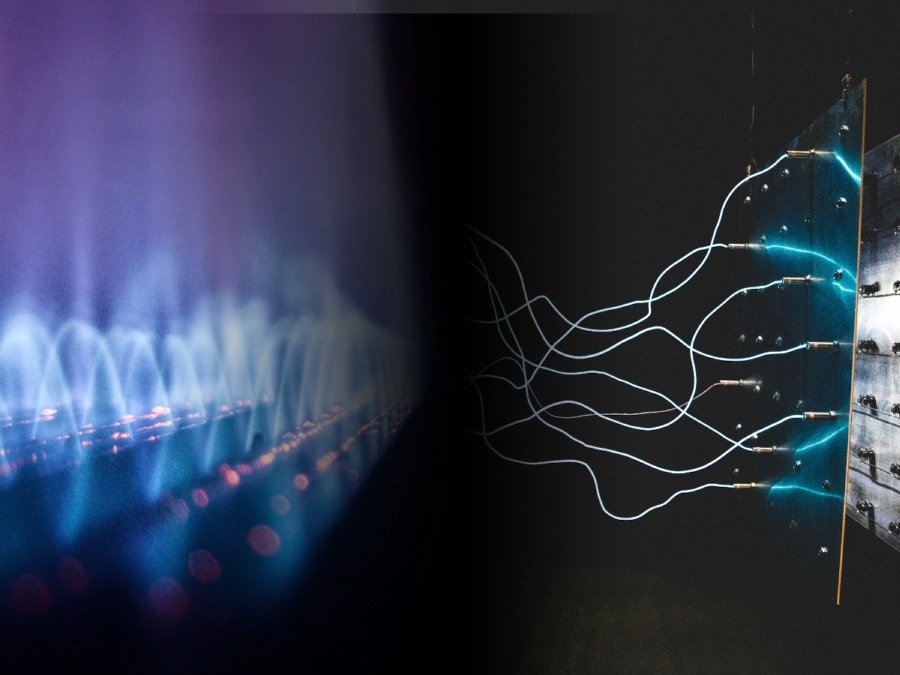
Roast Capacity
Electric Roasters tend to be limited from a roast capacity point of view.
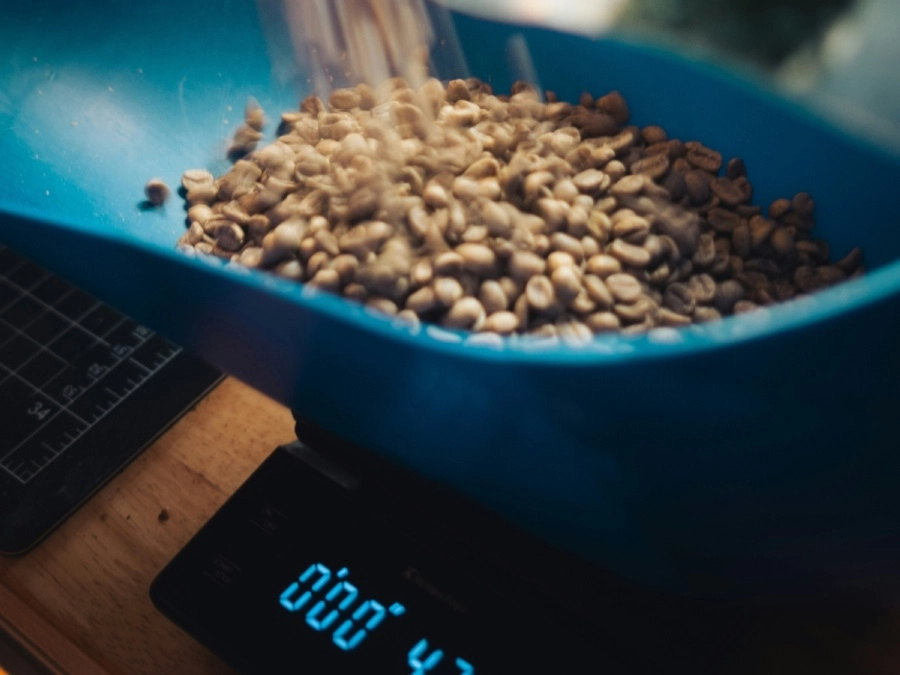
The feasible roasting batch size is usually 4 (maybe 5) kg when maxing out household level electricity supply (about 6000~9000W for one power outlet), and this is already under the precondition that the roasting machine is designed to be a very energy efficient system.
Try to have a batch size larger than this, and you will find yourself having to buy and set up industrial grade electricity (or even having to move your whole roasting operation to industrial areas depending on your local power regulations).
Gas, on the other hand, is easier to set up when we are talking about larger roasting operations. As far as we know, 99.99% of industrial grade coffee roasting (100kg+ batch sizes) is powered using gas/fuel energy systems.
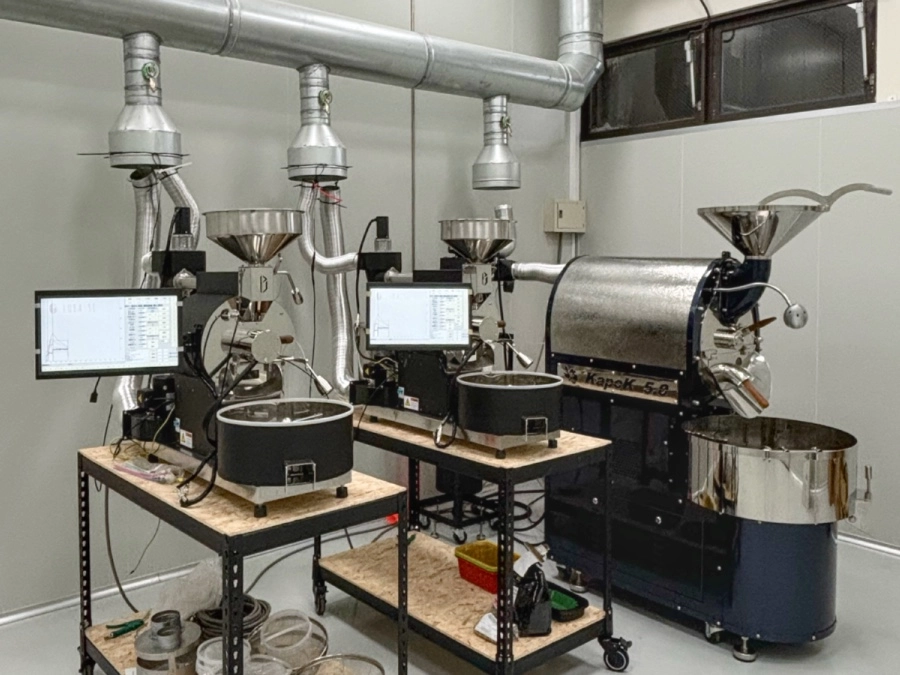
Ease of Setting Up
If you are a smaller roasting operation that doesn't need too big of a batch size per roast, electric coffee roasters that suit your needs can possibly boast the advantage of “plug and play” while gas/fuel powered ones require pipe work to be done.
Even when the electric powered machine isn’t capable of “plug and play”, the difficulty setting up the required electricity is about the same as having someone install a new air conditioner for your space (which isn’t too complicated most of the times).
However, if you are looking at some of the larger electric roasting machines (currently speaking, ones that roast more than 4kg per batch), as said before, meeting the required electricity supply might become a daunting task from both an effort and financial aspect.
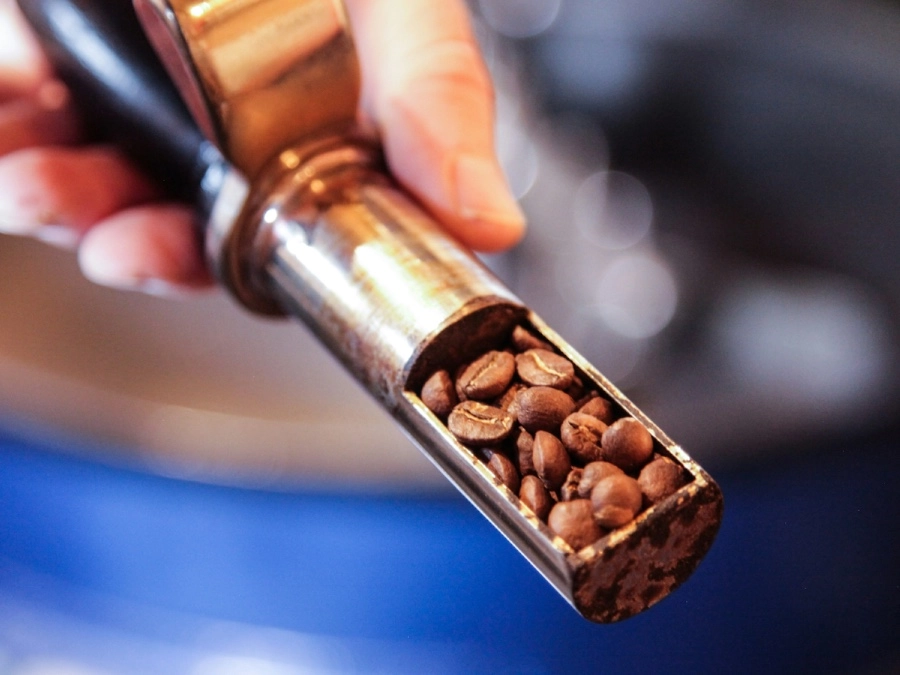
Using the Roaster
When we touch on the topic of “gas v.s. electric” roasting machines, coffee roasting folks seem to be quite divided (and strong-minded sometimes) regarding their opinion.
Here we’ve listed some commonly mentioned pros and cons for both gas/fuel powered and electric roasting machines.
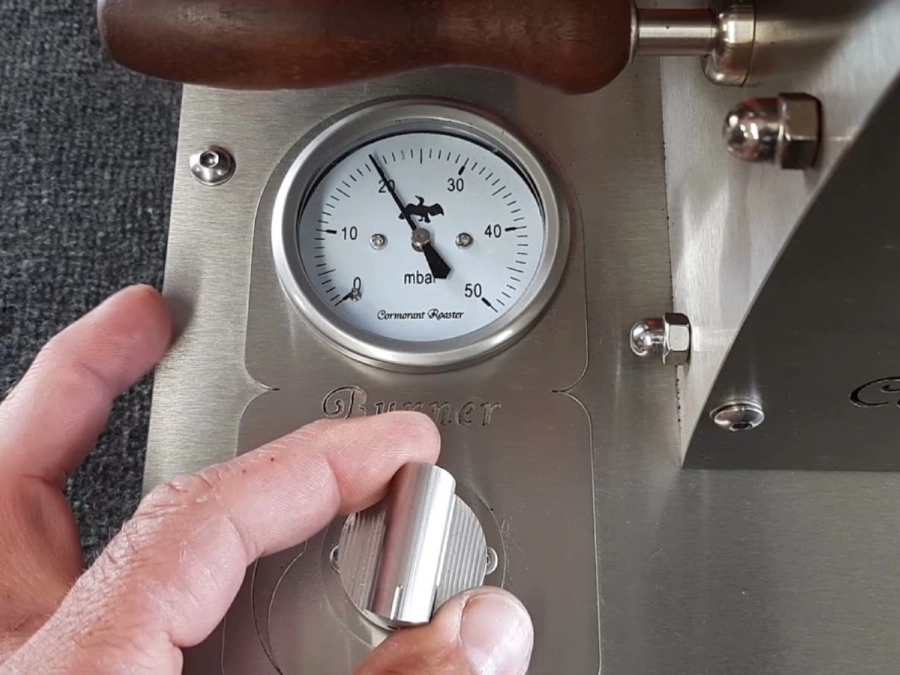
For gas/fuel options:
Upside No.1 - Heat control responsiveness
Just like a kitchen stove, when you make adjustments to the gas knob, the flame reacts to your adjustments immediately. This highly responsive control over roast power application is why many roasters swear by gas/fuel powered systems.
Upside No.2 - Time-proven system
Nowadays, gas/fuel powered coffee roasting machines have pretty much identical designs in many important aspects. This is due to gas/fuel powered coffee roasting machines having a very long and proven history over a stretch of 170+ years, and lots of the vital components have already been optimized by the collective effort of coffee roasting people all across the globe and across coffee roasting history.
Choosing these classic designs that have already stood up against the test of time is one simple way to “land right in the middle of the bunch” and can almost guarantee you that you are not doing anything terribly wrong.
However, it also means that you might not be as special. And being in a time where the coffee industry is slowly picking up pace in progressing and evolving to the next stage, only you can decide what best fits your project blueprint and also meets with the reality of business.
Upside No.3 - More learning resources for reference
Gas/fuel powered coffee roasters are what most are using nowadays. Although by the time this article is being written the industry is starting to adopt electric roasters with increasing pace, the truth is that most learning resources teaching people how to roast coffee were/are developed based on gas/fuel powered roasting machines.
As an example, when asking online for reference roast profiles or the experience of fellow coffee roasting aficionados, most of the answers are based on working experience gained on gas/fuel powered systems.
Ideas and practices such as “declining rate of rise (RoR)” and “soaking (not applying any heat at the start of the roast for a certain period of time)” will only work best when the ones that learn or receive this advice is using a roasting machine & a batch size that combines to have similar heat transfer patterns to the machine on which these advices/experiences were gained and collected from.
Downside No.1 - Less roast heat control precision
Generally speaking, controlling the amount of gas flowing into the roaster’s burner is inherently less precise than controlling the output wattage of an electric heating element digitally.
Even with gas valve gauges fitted onto the gas/fuel control, the process of eyeing the gauge and deciding whether you’ve reached “2.2 bar” is still less accurate than setting the power output to “25%” on a digital control panel (especially when the gas valve gauge has coarse precision).
Good news: as of 2025, some gas/fuel coffee roasters have already dealt with this problem by using electronically controlled gas valves together with digital inlet pressure gauges or by monitoring and implementing additional data sensors such as “inlet air temperature”. If you are fond of gas/fuel based machines but still want precise controls over your roasting heat, we highly recommend you to pay attention to these roaster specifications.
Downside No.2 - Gas/fuel composition fluctuation
Another great issue that renders the precision of gas/fuel roasting machines is the issue of gas composition fluctuation.
Natural gas (coming from city pipings) and liquid propane gas (LPG) are by far the 2 most common gas/fuel systems when it comes to roasting machines.
Natural gas ”is a naturally occurring mixture of gaseous hydrocarbons consisting primarily of methane (95%) in addition to various smaller amounts of other higher alkanes”. LPG, on the other hand, mostly consists of propane & butane.
Note that these gases are all mixtures of different gaseous components, and in reality the composition of gas being put into the roaster’s burner can vary greatly.
And since the amount of energy generated from burning a fixed volume of gas varies with the composition of that gas, even if you already figure out the gas valve control precision issue as stated in the previous section, you are still faced with this gas fuel quality uncertainty. That perfect roast power profile you developed last week might still surprise you with a totally different roast outcome the next time you run it again.
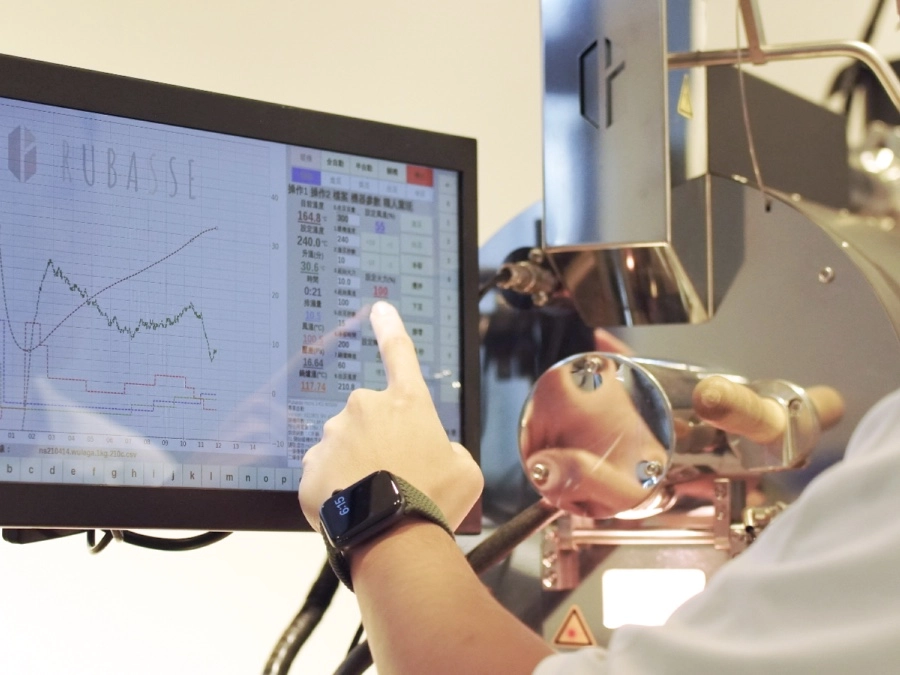
For electric options:
Upside No.1 - Precise digital roast heat controls
Since the power output can be regulated digitally, making more precise roast control maneuvers such as “increase power from 23% to 71% at 2 minutes into the roast” is much more achievable on electric roasting machines.
Though this kind of ultra-precise control might not directly translate into roast quality, for a lot of coffee roasters out there this newly gained precision might give them the freedom in creating roasts that weren’t possible previously.
Upside No.2 - Better consistency over time
Without certain inherent inconsistency plaguing gas/fuel based roasting machines, electric coffee roasters that regulate power output digitally can be more consistent over time.
This is with the exception of the heating element aging. All heating elements will age over time, so making sure the lifespan and replacement cost of the electric heating element on a coffee roaster is one good consideration you have to think of before purchasing.
Downside No.1 - Heat Application Responsiveness
For electric roasting machines using older technology (such as heating coils or metallic resistance heating elements), the control precision gained from digitalization is lost again due to these heating elements being quite slow & unresponsive to power setting changes.
A metallic resistance heating element can take quite some time to really get hot after the power output is set to 100%, and can also remain quite hot after you already cut off the power for quite a while. This delay in actual heat application makes roasting unnecessarily difficult and relying heavily on experience to prejudge when to make the adjustments needed.
However, as of 2025, some electric roasting machine manufacturers have already figured out ways to deal with this by either switching to totally different electric heating elements (like us, Rubasse) or updating the design of traditional heating element systems.
Downside No.2 - Lack of power
Some associate “electric roasters” with “slow roasts”.
While this reputation is largely coming from the fact that some electric roaster manufacturers were distressingly overstating the largest possible batch size on their machines, a part of it is also related with the fact that conventional electric heating systems are…simply not quite efficient.
Low efficiency + Power limitations (don’t want to exceed reasonable power requirements) + Not wanting to create a roasting machine that has too small of a batch size = Overstated max capacity and a roast that is too slow and detrimental to roasted coffee quality.
Good news: Since nowadays roast quality plays an increasingly larger role across the coffee industry (thanks to 3rd wave coffee and the specialty craze), newer electric coffee roaster manufacturers now all offer electric roasting options with enough power to roast fast.
Some did so by correctly stating the maximum batch size of their equipment, others focused on elevating the roast energy efficiency, which brings us on to the next part of this article.
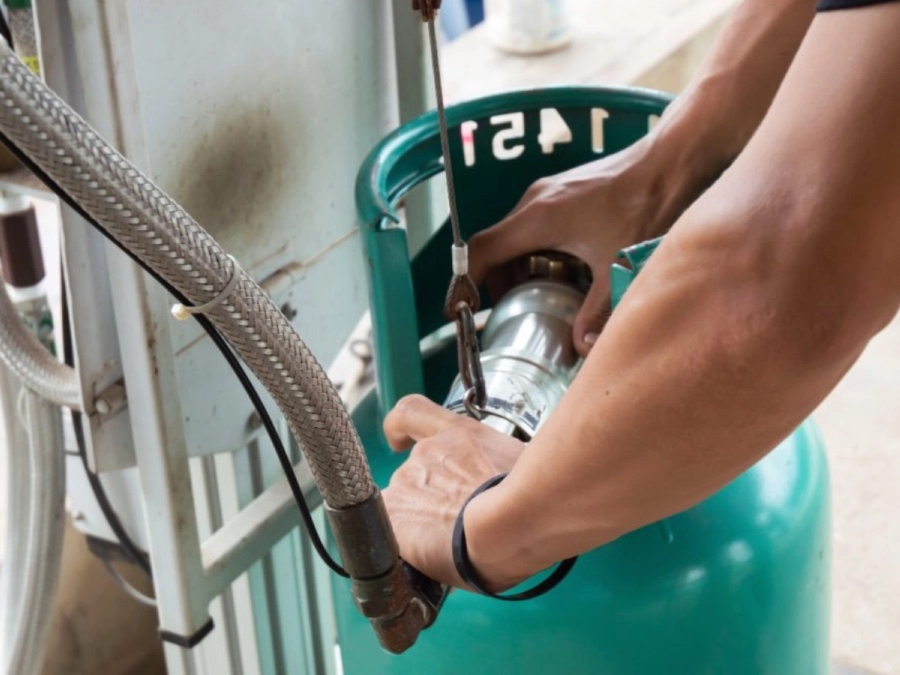
Energy Efficiency
The energy efficiency (and your gas/fuel costs) of a certain roaster depends highly on two things:
- The airflow design of the roasting machine
- Whether the roasting machine has a “exhaust hot air recycle system” or not
Among the 2 things that can save you energy, the “exhaust hot air recycle system” is the more impactful one. But currently, only a handful of roasting machines that have a hefty price tag (and usually, larger roast capacity) are fitted with such systems. For smaller roasting businesses, whether the extra cost could be justified is something that you should definitely consider.
Poorly designed airflow can lower the efficiency of a coffee roasting machine significantly. For example, ones that pull in (or leaks in) too much cold ambient air or fitted with the wrong exhaust fan (usually the case is that the fan is too powerful and cannot be controlled with enough precision) are some common issues.
However, ruling out these extreme cases, most gas/fuel roasting systems under the same category of roasting machines will have pretty similar energy efficiency performances (We will show how coffee roasters are categorized by the combination of heat source, airflow design, and agitation method in the following section).
For electric roasting machines, the following are the top factors that affect how efficient a machine is:
- Whether radiation-type heating is used and what type of radiation is used
- Placement of the heating element within the roasting system
More modern electric coffee roasters are starting to implement radiation heat application into their designs.
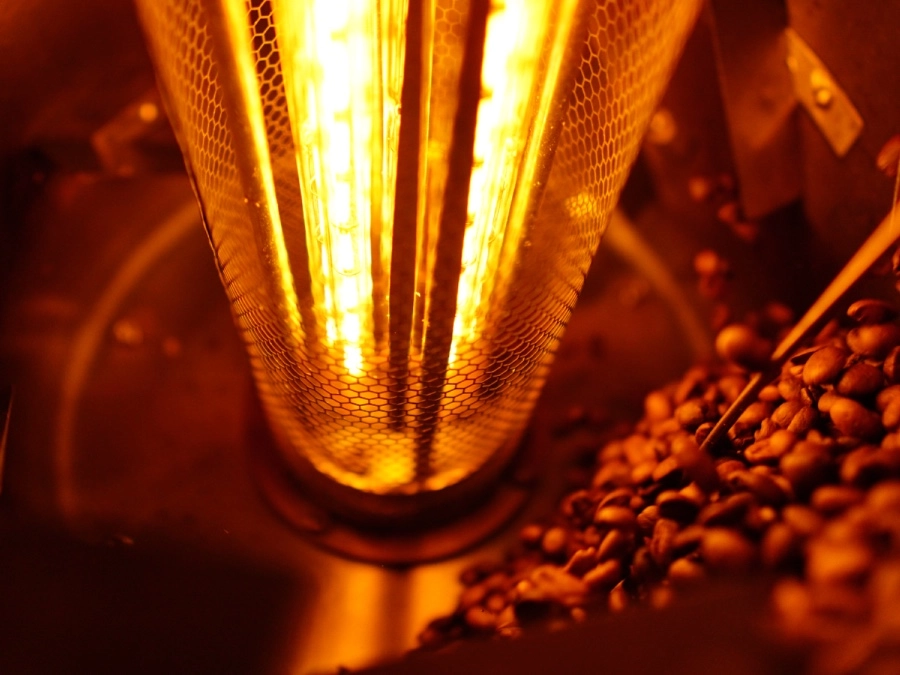
Since radiation, especially direct radiation (where the radiant heat coming from the heat source can directly reach the coffee being roasted), can roast the coffee without needing to first heat up air and then use the hot air as a heat transferring medium, the result of this much more direct process is less energy lost.
For roasters that use electricity to heat up air or the roasting drum metal directly or indirectly, good airflow design & roast chamber insulation is key to better energy efficiency.
However, due to physics (thermodynamics, to be more precise), every time you try to transform energy from one form to another you inevitably will lose some along the process. By first changing electric energy into heat stored on solids (metal coils or roasting drums) than into heat carried by hot air, roasting machines with these kinds of designs can hardly be as energy efficient as their gas/fuel burning counterparts (where the process is quite straightforward: you change chemical energy directly into heat carried by hot air by simply burning the gas/fuel).
The placement of the heating element also affects how many times the form of energy has to be transformed before it can be applied onto the roasting coffee beans. If the placement calls for more transformation of heat energy form, there are more opportunities for energy lost along the “heat transfer pathway”, hence lower the energy efficiency of this particular roasting machine.
This is also the reason why we make every effort to fit our radiation heat source right into the middle of the roasting drum.
Although tedious from a research and development aspect, the direct radiation beaming on to the coffee beans realizes one of the most straightforward heat transfer pathways possible, and this is one of the main reasons that our coffee roasting machines are one of the most energy efficient roasting systems currently available.
![]()
Environmental Impact
If ESG is one of your considerations while building a coffee business, then we highly recommend you take a good look at electric coffee roasting machines.
Power usage and energy efficiency aside (there is no guarantee that electric roasters are more energy efficient than gas/fuel based ones), the main reason that an electric roaster might be better for our mother earth is that only electric roasters can be powered by 100% clean and renewable energy sources.
Solar, Wind, hydroelectric, geothermal, and tidal/wave energy sources can only produce transportable energy in the form of electricity. So if you are thinking about lowering the carbon footprint of your roasting operation, electric-powered roasters is THE way to go.
